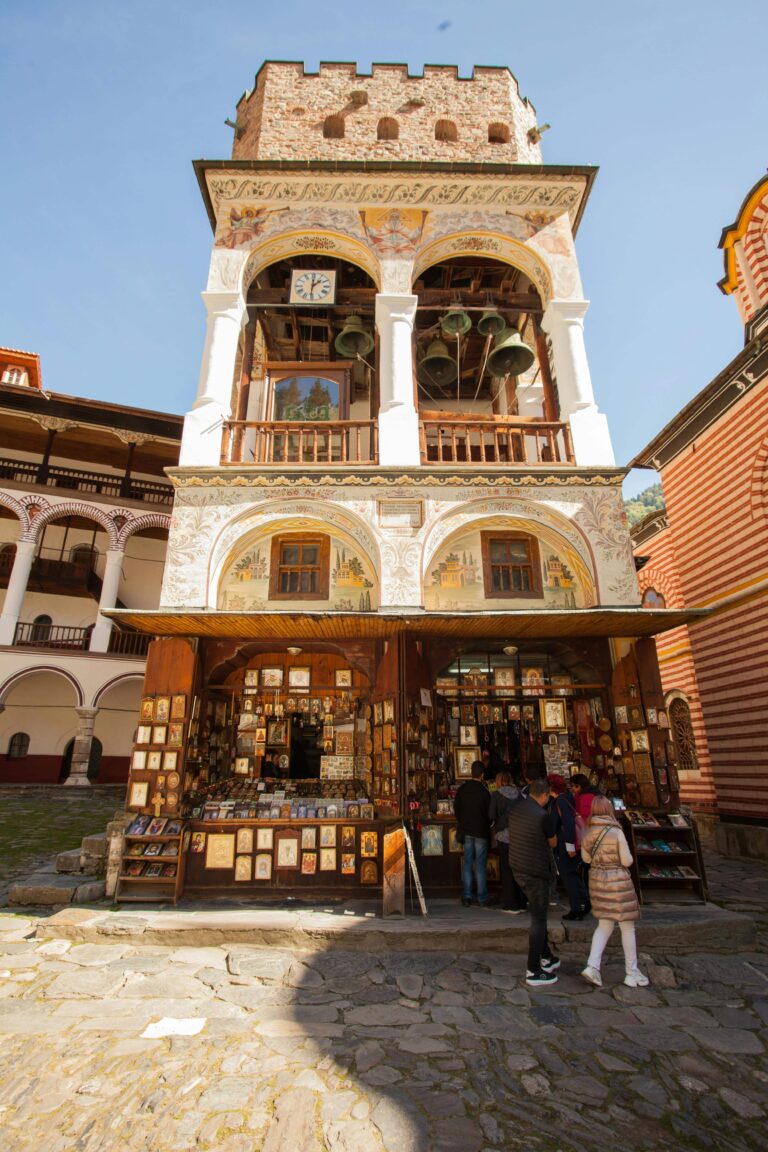Bulgarian Beauties: Sofia, Plovdiv, and Rila Monastery;
Bulgaria is a country filled with rich history, stunning architecture, and breathtaking natural landscapes. From the vibrant capital city of Sofia to the historic gem of Plovdiv and the spiritual oasis of Rila Monastery, there is no shortage of beauty and culture to discover. In this blog post, we will take you on a journey through some of Bulgaria’s most captivating destinations and hidden gems. Join us as we explore the bustling streets of Sofia, uncover the cultural delights of Plovdiv, and immerse ourselves in the tranquil beauty of Rila Monastery. Whether you’re a history buff, a nature enthusiast, or a lover of art and music, Bulgaria has something for everyone. So, grab your travel essentials and get ready to experience the magic of Bulgarian beauties.
Discovering Sofia: Bulgaria’s Capital City
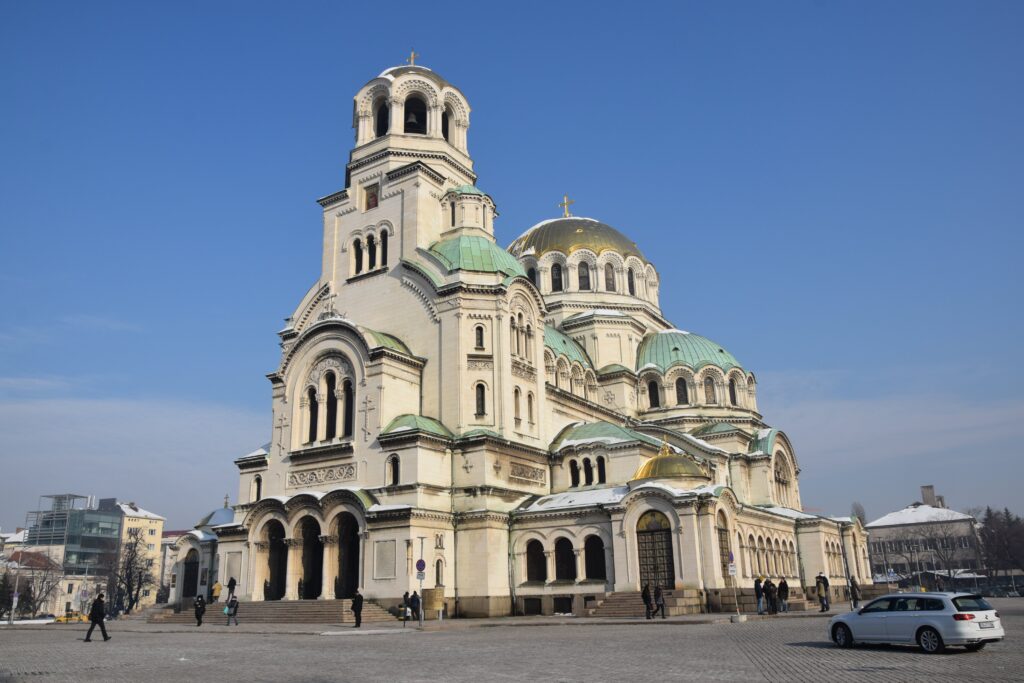
Sofia, the capital city of Bulgaria, is a fascinating blend of ancient history and modern culture. As you wander through the streets of this vibrant city, you’ll be met with a rich tapestry of architectural styles, from Byzantine churches to Ottoman mosques to Soviet-era buildings. The city’s history dates back thousands of years, and you can feel the weight of this history as you explore its streets and landmarks.
One of the must-visit attractions in Sofia is the Alexander Nevsky Cathedral, a stunning Orthodox church that is one of the largest in the world. The cathedral’s gold-domed roof and intricate mosaics are a sight to behold, and the interior is equally impressive with its beautiful frescoes and iconostasis. Another must-see landmark is the ancient Serdika Fortress, which dates back to Roman times and offers a glimpse into Sofia‘s ancient past.
Aside from its historical landmarks, Sofia is also known for its thriving cultural scene. The city is home to numerous art galleries, museums, and theaters, showcasing the best of Bulgarian and international art and culture. From traditional folk music to contemporary art exhibitions, there’s something for everyone to enjoy in Sofia.
Whether you’re exploring the city’s ancient history, admiring its architectural wonders, or immersing yourself in its vibrant cultural scene, Sofia is a city that never fails to captivate and inspire. Discovering Sofia is an experience that will leave you with a deep appreciation for the rich and diverse history and culture of Bulgaria‘s capital city.
Exploring Plovdiv: Bulgaria’s Historic Gem
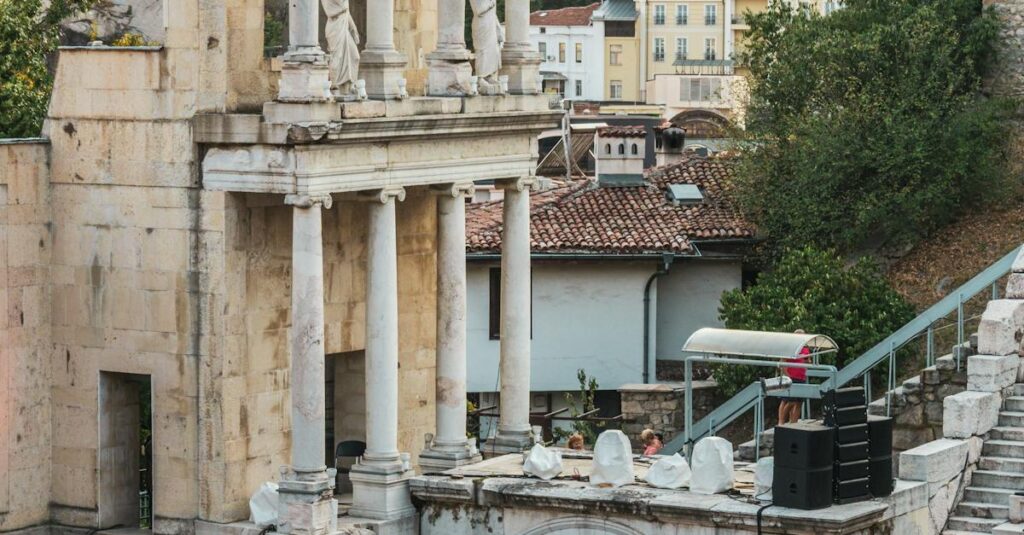
Plovdiv, Bulgaria’s second-largest city, is a historic gem that offers a captivating blend of ancient ruins, rich culture, and picturesque landscapes. The city’s history dates back to the 4th millennium BC, making it one of the oldest continuously inhabited cities in Europe. With its well-preserved Roman amphitheater, charming old town, and vibrant arts scene, Plovdiv is a must-visit destination for history enthusiasts and culture seekers alike.
When exploring Plovdiv, be sure to visit the Ancient Theatre of Philippopolis, a magnificent Roman amphitheater that dates back to the 1st century AD. This well-preserved structure is still used for concerts and theatrical performances, offering a unique opportunity to experience the city’s ancient past in a contemporary setting. The surrounding area, known as the Old Town, is a maze of cobblestone streets lined with colorful houses, charming cafes, and artisan shops, providing a delightful glimpse into Plovdiv’s architectural and cultural heritage.
In addition to its ancient ruins and historic charm, Plovdiv is also known for its vibrant arts and music scene. The city is home to numerous art galleries, museums, and performance venues, showcasing the creativity and talent of local and international artists. Visitors can explore the Kapana district, a lively neighborhood filled with art studios, craft workshops, and trendy bars, where they can experience the dynamic and contemporary side of Plovdiv’s cultural scene.
For history enthusiasts, a visit to the Regional Ethnographic Museum is a must. Housed in a beautifully preserved 19th-century mansion, the museum features a rich collection of traditional artifacts, costumes, and handicrafts, providing valuable insights into the region’s cultural heritage. Additionally, the Ancient Plovdiv Archaeological Complex offers a fascinating journey through the city’s past, with well-preserved Roman and Byzantine ruins that showcase Plovdiv’s significance as a historic crossroads of civilizations.
Unveiling Rila Monastery: A Spiritual Oasis
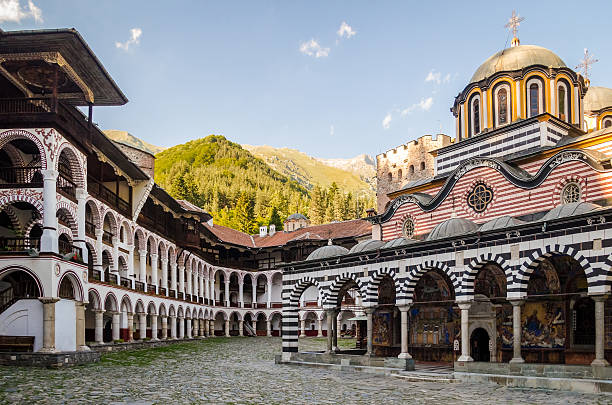
Located in the stunning Rila Mountains of Bulgaria, Rila Monastery stands as a testament to the country’s rich religious and cultural heritage. The monastery, founded in the 10th century by the revered Bulgarian saint St. John of Rila, is a spiritual oasis that draws visitors from all over the world.
As you approach the monastery, you’re greeted by the sight of its striking architecture, featuring intricate frescoes and domed roofs. Each element of the monastery is steeped in symbolism and history, from the impressive exterior to the serene interior courtyards.
Upon entering the monastery, you’re enveloped in a sense of tranquility and reverence. The intricate woodcarvings, ornate iconography, and the sanctuary of the Church of the Nativity of the Virgin create an atmosphere of spiritual contemplation and awe, inviting visitors to reflect and find inner peace.
Besides being a place of worship, Rila Monastery also houses a museum that displays a treasure trove of religious artifacts, historical documents, and art, offering visitors a deeper insight into the monastery’s significance and cultural impact.
Hidden Gems in Sofia: Must-Visit Places
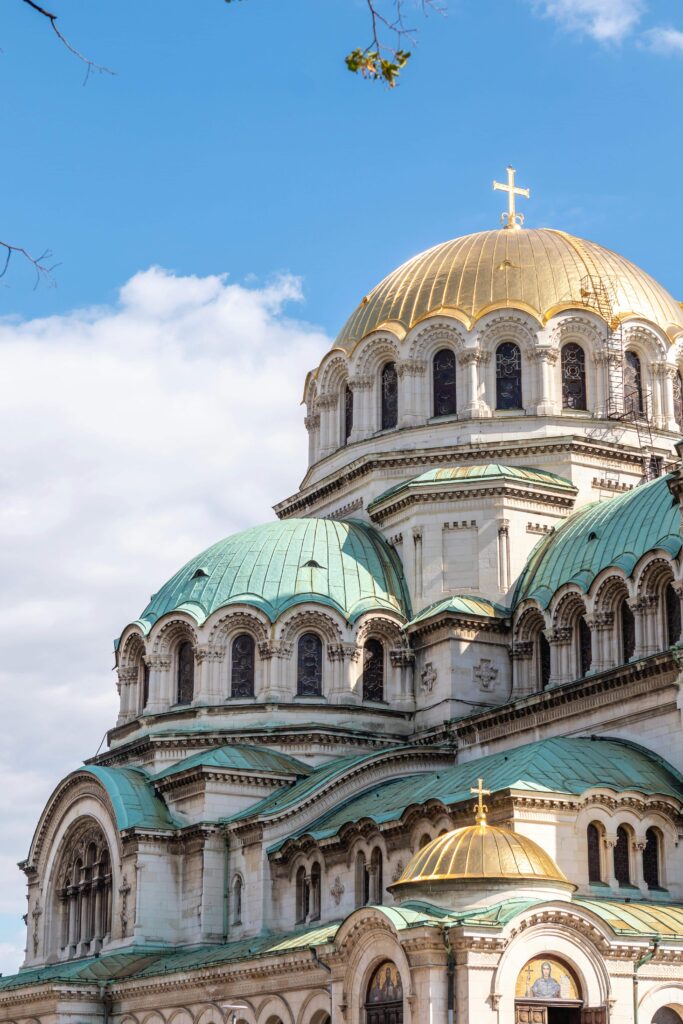
When exploring Sofia, the capital city of Bulgaria, there are plenty of well-known attractions to visit, such as the Alexander Nevsky Cathedral and the National Palace of Culture. However, there are also many hidden gems waiting to be discovered by intrepid travelers.
One such hidden gem is the Church of St. George, located in the heart of Sofia. This ancient red brick church is one of the oldest buildings in the city and contains stunning frescoes that date back to the 10th century. It’s a peaceful oasis away from the hustle and bustle of the city center.
Another must-visit hidden gem in Sofia is the Boyana Church, a UNESCO World Heritage site. This medieval church is famous for its exquisite frescoes, which are considered some of the best-preserved examples of Eastern European medieval art. The church is nestled in a beautiful forested area, providing a serene backdrop for a visit.
For a taste of local life, head to the hidden gem of Pod Lipite, a charming restaurant located in a historic building with a cozy courtyard. Here, you can sample traditional Bulgarian cuisine and soak up the relaxed atmosphere of this off-the-beaten-path dining spot.
Cultural Delights of Plovdiv: Art, Music, and History
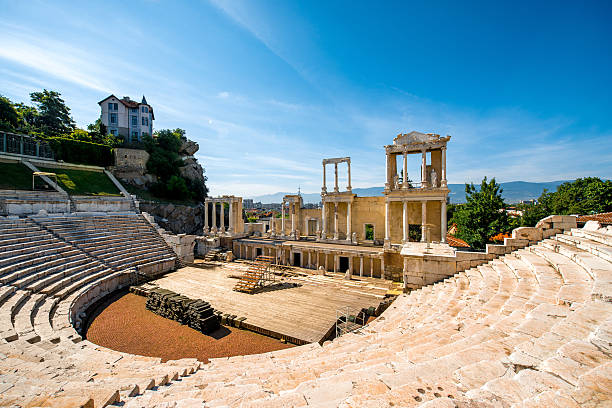
Plovdiv, Bulgaria is a city rich in history and culture, offering a wealth of delights for art, music, and history enthusiasts. From ancient ruins to modern art galleries, Plovdiv is a treasure trove of cultural experiences just waiting to be discovered.
One of the most iconic landmarks in Plovdiv is the Roman Amphitheatre, a well-preserved ancient theater that hosts a variety of musical and theatrical performances. Visitors can immerse themselves in the rich history of the amphitheater while enjoying a live show, creating a unique blend of art and history.
In addition to its historical attractions, Plovdiv also boasts a vibrant art scene, with numerous galleries and exhibitions showcasing the work of local and international artists. The city’s artistic spirit is also reflected in its colorful murals and street art, adding an element of urban creativity to Plovdiv’s cultural tapestry.
For music enthusiasts, Plovdiv offers a diverse range of musical performances, from classical concerts to lively folk festivals. The city’s musical heritage is celebrated in its many venues and outdoor spaces, inviting visitors to experience the harmonious blend of traditional and contemporary music.
Frequently Asked Questions

What are the must-visit places in Sofia?
Some must-visit places in Sofia include Alexander Nevsky Cathedral, National Palace of Culture, Vitosha Mountain, and Boyana Church.
What are the cultural delights of Plovdiv?
Plovdiv is known for its rich art, music, and history. Visitors can explore the Ancient Theatre of Philippopolis, Kapana District for art galleries and workshops, and take a stroll in the historic Old Town.
What is Rila Monastery known for?
Rila Monastery is famous for its stunning architectural design, beautiful frescoes, and as a spiritual oasis for visitors seeking a serene and peaceful experience.
What is there to explore in Sofia, Bulgaria’s capital city?
In Sofia, visitors can explore the rich history of the city through landmarks such as the Sofia History Museum, National Museum of Military History, and by strolling through the charming streets of the city.
Why is Plovdiv considered a historic gem?
Plovdiv is one of the oldest cities in Europe, with a history that spans thousands of years. It is home to well-preserved Roman amphitheaters, ancient ruins, and a charming Old Town with cobblestone streets and historic houses.
What are some hidden gems in Sofia that are worth visiting?
Some hidden gems in Sofia include the secret gardens of Oborishte and Zaimov Park, the beautiful Church of St. George, and the quirky Museum of Socialist Art.
What makes Sofia, Plovdiv, and Rila Monastery must-visit destinations in Bulgaria?
These destinations offer a combination of rich history, stunning architecture, cultural experiences, and natural beauty, making them a perfect choice for travelers seeking a diverse and enriching experience in Bulgaria.
